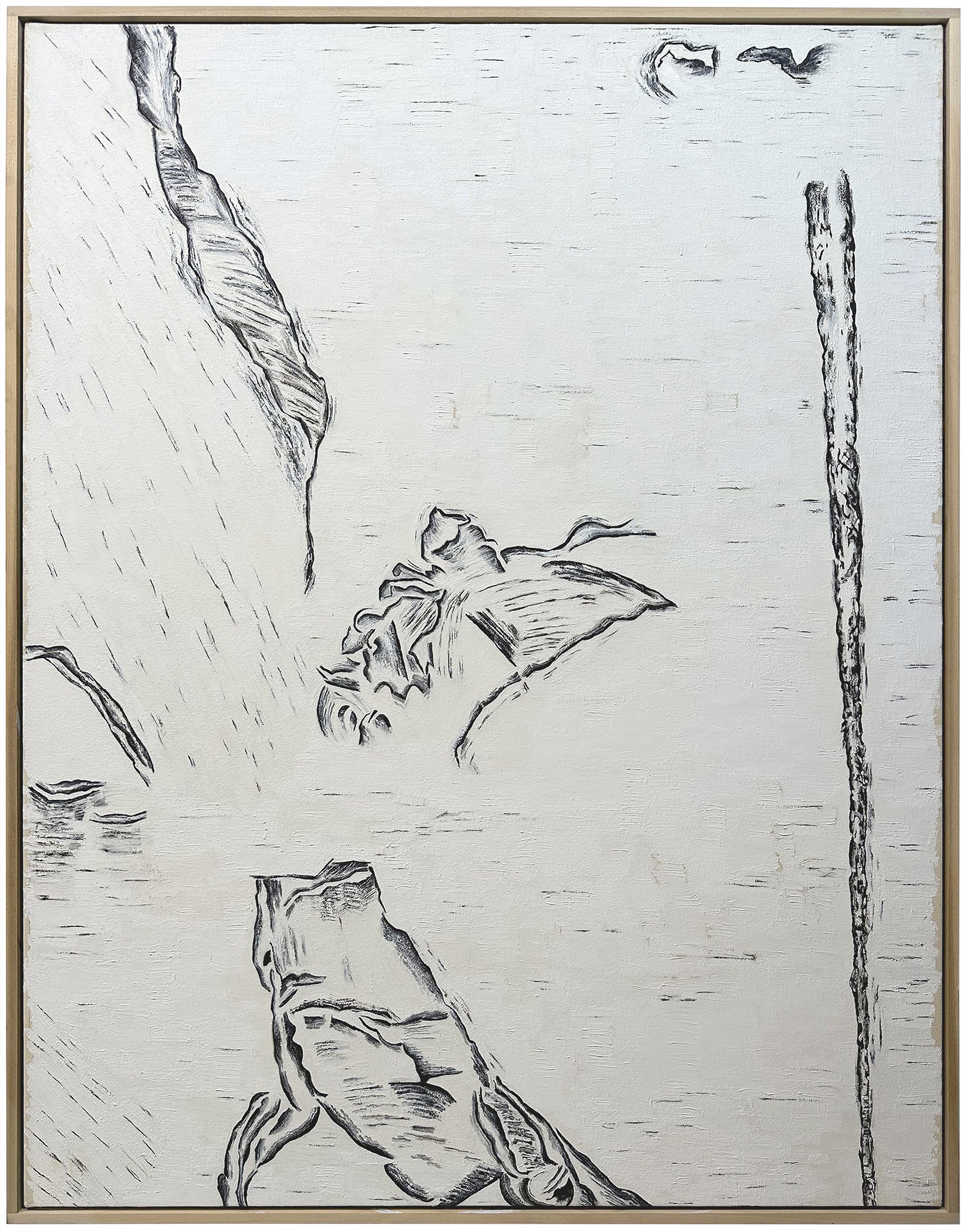Exhibition News: Rare works from 1986-1987
Artist Estate Studio is pleased to present a rare offering of works by Joan Witek dating from 1986-1987.
Alongside dominant figures such as Ellsworth Kelly, Frank Stella, and her Tribeca neighbor Richard Serra, Witek has been a key protagonist in the downtown New York art scene since the 1970s. She has produced highly-inventive works using her own reductive language that deliberately avoid the formal and chromatic concerns associated with much of postwar American art.
“Viewed close up, the repetitive marks in these works are brought into focus; at a distance, the overall pattern comes into view. The visual experience is similar to walking towards an Impressionist landscape where we view the image first and then the pigment.”
At a time when the validity of the Modernist canon is being questioned and reassessed, the paintings and drawings of Joan Witek are ripe for rediscovery. For decades Witek has produced a diverse array of paintings and works on paper motivated solely by the color black. “Black is, quite simply, the color of language,” Witek explained. Following her celebrated solo exhibitions at the Carnegie Museum in March 1984 and at the Rosa Esman Gallery a year later, Witek set out to recalibrate and extend her strict use of the color black. Having always embraced a personal narrative to her hard-edged abstractions, her frequent travels to Europe where she studied the works of old masters like Botticelli, Titian, and Poussin at the Louvre and Rubens in the Prado, she breaks from her measured approach turning her focus to the exigencies of place and nature. Witek introduces an all over composition that embraces narratives discovered through the study of these old masters as well as sketches made in the landscapes, responding particularly to her visits to Spain and Italy during 1985 and 1986. The result is a full-blown fracturing of her otherwise binary compositions.
In works specific to the time frame beginning in the Spring of 1985 and ending in the Fall of 1986, we see a uniqueness specific to landscape—or rather the feel and structure of place. The rigorous and precision patterning evident in earlier paintings gives rise to rupturing of line and an embrace of a composition that feels more organic, more painterly. Moreover, there appears a surge of the color white supplanting the bold and determined color black—a color that is and will forever be her signature.
Suggestive of landscape, the visual experience wrote critic David Carrier for Art in America in his review when many of these works debuted at John Davis Gallery, “is similar to walking toward an Impressionist landscape where we view the image first and then the pigment.” Truly these works lend themselves to direct comparison of works of Cézanne or Van Gogh. Acknowledging Witek's splintering and even gestural mark making, critic Kay Larson exclaimed in New York Magazine that Witek had discovered “Kandinsky.”
P-037, 1987 [July], oil on canvas, 54 x 42 in (137.2 x 106.7 cm)
P-039, 1987 [November-December], oil stick and oil paint on canvas, 56 x 44 in (142.2 x 111.8 cm)
P-042, 1988 [January-February], oil on canvas, 52 x 50 in (132 x 127 cm)






